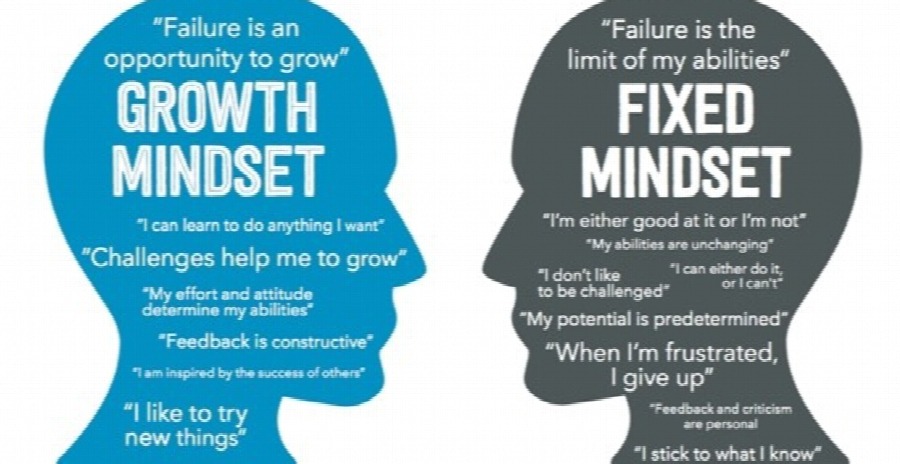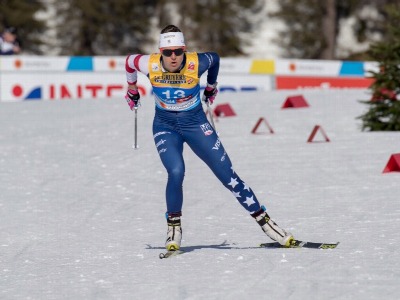Applying a growth mindsetBy Holly Brooks

May 4, 2021
Applying the Growth Mindset to a new season (or a new day!)
and the power of “yet.”
By now many people have heard of Carol Dweck’s concept of the Growth Mindset. It has permeated mainstream culture, with everyone from Hollywood stars to middle school math classes. But if you haven’t heard of it, here is a quick definition:
The Growth Mindset: people believe that their most basic abilities can be developed through dedication and hard work - brains and talent are just a starting point.
The opposite of the growth mindset is known as the fixed mindset: people believe their basic qualities, like their intelligence or talent, are simply fixed traits. They believe that talent alone creates success - without effort.
How does this apply to skiing? I often hear people say really self-defeating things about their personal skill set such as, “I can’t classic ski”, or “I suck at double-pole sprinting.” Admittedly I’ve done it myself too. However, I would argue that thinking those thoughts or putting yourself down (to others) is no way to improve.
Sure, as skiers there are going to be skills that come more naturally to us. However, successful competitors truly believe there is an opportunity for improvement. I have personally witnessed vast improvements amongst very prominent skiers and teammates. Take Sadie Bjornsen for example. For years she self-identified as a classic skier. Her results were often lopsided and she focused on her “knock-knee” style of skating. Yet after some diligent and intentional work, her first individual World Cup podium ended up being a 5k skate race, not classic! The same thing could be said for Jessie Diggins’ lopsided results in skating and classic but she’s worked hard on her striding and double poling and she’s a podium threat across both techniques now.
Now that I’ve given you some examples you may be thinking, how can I apply the growth mindset to my own skiing? Here are three good practices:
- We tend to avoid things we aren’t good at. Is this you? As humans we naturally like things we’re inherently good at. Practicing “areas for opportunity" is essential if you want to improve.
- We replicate negative messaging. Do you continually tell yourself and others that you aren’t good at something? If so, that needs to change, stat! Now I am not suggesting you lie to yourself because that doesn’t work but what about ending your thoughts with the simple word, “yet?” For example, “I’m not a great double poler - yet” is a lot different than “I suck at double poling.” Adding the single word “yet” suggests hope for the future, and ideally a plan.
- We lack specific purpose goals to achieve new skills. Being vague and saying you’re “going to work on it” is not a plan for success. Be as specific as possible, recruit help from coaches and teammates, and add create a timeline.
The beginning of the training year is a great time to set growth mindset style ski goals but the beauty of applying a growth mindset is that it’s never too late! For questions, help, or to share your experiences feel free to reach out to me at holly@hollybrooks.com. Happy training!

